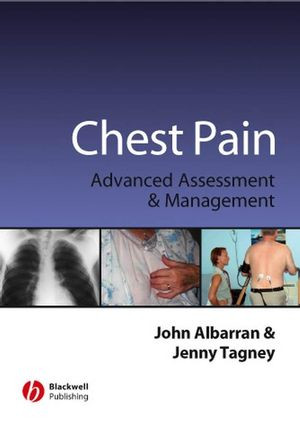

Most ebook files are in PDF format, so you can easily read them using various software such as Foxit Reader or directly on the Google Chrome browser.
Some ebook files are released by publishers in other formats such as .awz, .mobi, .epub, .fb2, etc. You may need to install specific software to read these formats on mobile/PC, such as Calibre.
Please read the tutorial at this link: https://ebookbell.com/faq
We offer FREE conversion to the popular formats you request; however, this may take some time. Therefore, right after payment, please email us, and we will try to provide the service as quickly as possible.
For some exceptional file formats or broken links (if any), please refrain from opening any disputes. Instead, email us first, and we will try to assist within a maximum of 6 hours.
EbookBell Team

4.8
24 reviewsIntroductory chapters in section one explore the principles of physical assessment, history taking and differential diagnosis to provide the framework for subsequent chapters, which explore cardiac and non-cardiac causes of chest pain.
Section two examines the advanced assessment and overall management of patients with pain in the chest. A range of clinical conditions that trigger chest pain and other related symptoms are covered, including: angina, acute coronary syndromes, pericarditis and myocarditis, aortic dissection, pulmonary embolism, oesophago-gastric disorders, musculoskeletal causes, pulmonary and respiratory causes, coronary heart disease, myocardial infarction, chest pain caused by trauma or cardiac syndrome X, cocaine misuse and Herpes zoster.Content:
Chapter 1 Background to the Assessment and Management of Patients with Chest Pain ? Using this Book (pages 1–9): John W. Albarran and Jenny Tagney
Chapter 2 Coronary Heart Disease, Healthcare Policy and Evolution of Chest Pain Assessment and Management in the UK (pages 10–22): Tom Quinn
Chapter 3 History Taking (pages 23–32): Jenny Tagney
Chapter 4 Clinical Examination Skills for Assessing the Patient with Chest Pain (pages 33–53): Jackie Younker
Chapter 5 Assessment and Differential Diagnoses in the Patient with Chest Pain (pages 54–67): Jonathan R. Benger
Chapter 6 Assessing and Managing the Patient with Chest Pain Due to an Acute Coronary Syndrome (pages 71–94): Sarah Green and Jenny Tagney
Chapter 7 Analysing the Presentation of Women with Chest Pain and Other Symptoms Associated with Coronary Heart Disease and Myocardial Infarction (pages 95–113): John W. Albarran
Chapter 8 Assessing and Managing the Patient with Chest Pain Due to either Acute Pericarditis or Myocarditis (pages 114–129): John W. Albarran
Chapter 9 Assessing and Managing the Patient with Chest Pain Due to an Aortic Dissection (pages 130–142): Helen Cox
Chapter 10 Assessing and Managing the Patient with Chest Pain Due to Pulmonary Embolism (pages 143–160): Jan Keenan
Chapter 11 Assessing and Managing the Patient with Chest Pain Due to Trauma (pages 161–184): Simon Binks and Jonathan R. Benger
Chapter 12 Assessing and Managing the Patient with Chest Pain Due to Oesophago?Gastric Disorders (pages 185–201): Theresa M.D. Finlay and Jan Keenan
Chapter 13 Assessing and Managing the Patient with Musculoskeletal Chest Pain (pages 202–214): Rebecca Hoskins
Chapter 14 Assessing and Managing the Patient with Pulmonary Chest Pain (pages 215–233): Jenny Tagney and Sarah Green
Chapter 15 Assessing and Managing the Patient with Chest Pain Due to Cardiac Syndrome X, Cocaine Misuse and Herpes Zoster (pages 234–255): John W. Albarran and Helen Cox